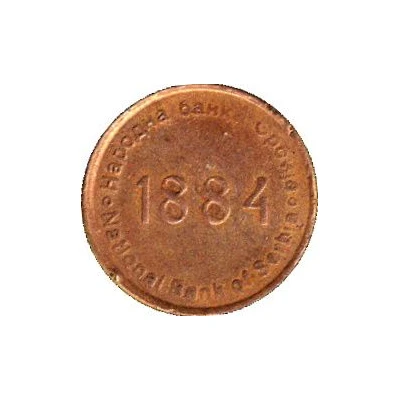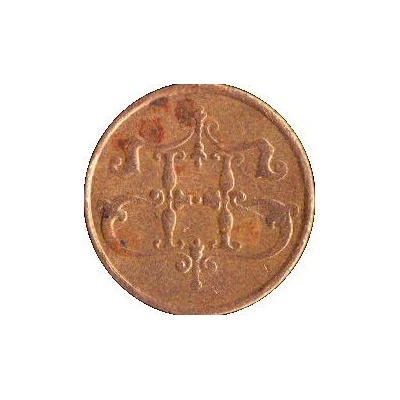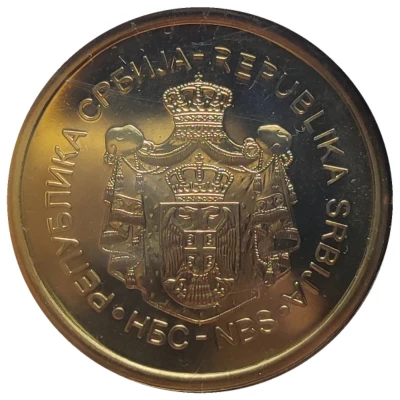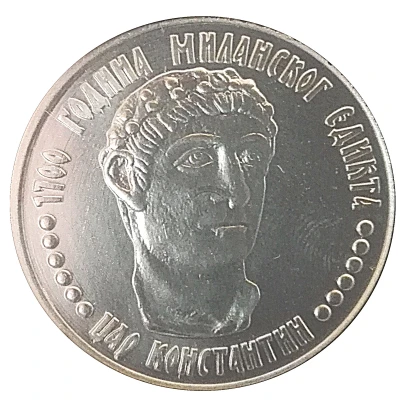
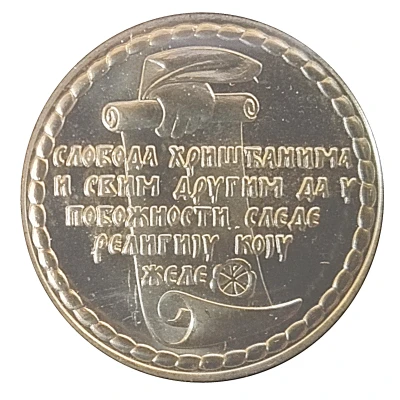

© hoffman12
Token - The Edict of Milan ND
2013 year| Nickel silver | 18 g | 30 mm |
| Location | Serbia |
|---|---|
| Type | › Tokens |
| Year | 2013 |
| Composition | Nickel silver |
| Weight | 18 g |
| Diameter | 30 mm |
| Shape | Round |
| Technique | Milled |
| Orientation | Medal alignment ↑↑ |
| Updated | 2024-11-14 |
| Numista | N#134755 |
|---|---|
| Rarity index | 93% |
Reverse
Roll of paper partly opened hold in left hand with lettering over the paper. In the lower right part there is Chi-Rho symbol. Ornamented ring around.
Script: Cyrillic
Lettering:
СЛОБОДА ХРИШЋАНИМА
И СВИМ ДРУГИМ ДА У
ПОБОЖНОСТИ СЛЕДЕ
РЕЛИГИЈУ КОЈУ
ЖЕЛЕ
Translation:
Freedom to Christians
and all other to follow
their religion in godliness
Edge
Plain
Comment
Cu (70%), Zn (18%), Ni (12%)The edict of Milan is a legal document signed in 313 by emperors Constantine the Great of the Western Roman Empire and Licinius of the Eastern Roman Empire (Byzantine), in Mediolan (today's Milan).
It ended three centuries of persecution of Christian believers, returned their possessions and allowed them to freely worship, thereby granting tolerance to all religions. Constantine's rule marked the beginning of Christianization of the Roman Empire, after he was led to Christian faith by the revelation of the Chi-Rho symbol, the monogram of Christ, before the battle for Rome at the Milvian Bridge (312).
With the establishment of Constantinople, Constantine laid the foundation of the Byzantine empire which lasted for over 1000 years. As the first Christian emperor and founder of the Christian Church, after the death he was canonized (337) while in Eastern Orthodox churches, including the Serbian Orthodox Church, he is regarded as the saint and the Emperor equal to Christ's Disciple.
The 17th Centennial Anniversary of the signing of the Edict of Milan was celebrated in Niš, the birthplace of Constantine the Great, in 2013.
